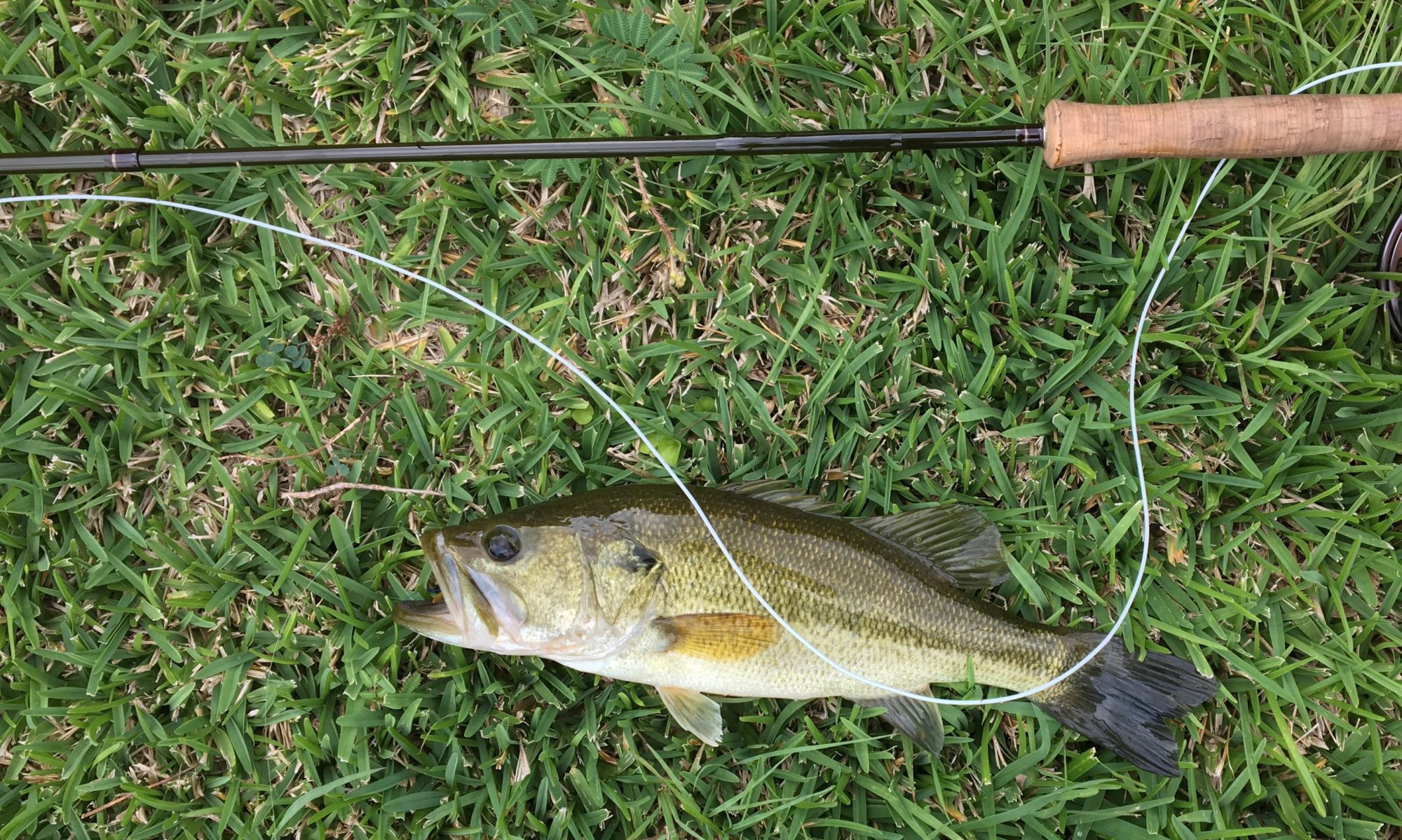Van Vechten Collection, Library of Congress
We’re not good at traveling light, but when we went back to Maryland we traveled about as light as we ever have. I didn’t take a guitar. We took no fishing gear. We didn’t take anything we couldn’t carry onto a plane, which did include a book about Northwest salmon and an iPad. I still managed to take one too many pairs of shoes.
We had trouble getting the car because I’d changed the plane reservation but not the car reservation and came in seven hours late. Not only did I change the plane reservation, I had us going home the next morning while we were fishing, but Kris fixed the plane while I waited for Budget to take care of the car. I use Budget for the fast break, but this time it wasn’t very fast. The Budget counter beat us up for better than an hour.
We never made it to Annapolis for the crab cakes on the harbor side that I’d planned.
As for places in Maryland I’d still like to see, we got the water-side tour of Annapolis, which I figure took care of the Naval Academy, but I’d have liked to see the Antietam National Battlefield: there’s something holy about Civil War battlefields. Along with the civil rights landmarks of the South they may be our only real places of pilgrimage. We didn’t make Antietam, and someday I’ll go back for it.
Driving from Baltimore to Annapolis we realized that Barry Levinson made four Baltimore movies we should have watched: Diner (1982), Tin Men (1987), Avalon (1990), and Liberty Heights ( 1999). Next time, or maybe this week.
We did manage to eat at Woodberry Kitchen in Baltimore for a second time. After we dropped off the car at the airport we took a beat-up and clanking metro train through the city, down past the 50s suburbs, past Camden Yards and the harbor into the hard part of town, the part of town that looks like a city with the nation’s highest murder rate, and finally to a stop in gentrifying Woodberry, one block from Woodberry Kitchen. The couple next to us at the restaurant said there were 220-odd separate neighborhoods in Baltimore, and we saw some from the train. After dinner though we took an Uber to our hotel by the airport. Chickens.

I’ve listened to the Maryland playlist now off and on for a year. You can’t listen to enough Billie Holiday, and the Low Symphony by Phillip Glass is something special: it sounds like water. I even liked Eubie Blake’s ragtime piano. Frank Zappa, on the other hand, is just not the thing.

I’m Just Wild About Harry, Eubie Blank and Noble Sissle, 1921, Indiana University.
- Billie Holiday. Lots of it, but not nearly enough.
- Bobby Bare, Streets of Baltimore. There’s also a nice version by Gram Parsons, with Emmylou Harris. It’s about an unhappy marriage.
- Bob Dylan, The Lonesome Death of Hattie Carroll. It’s about the murder of a servant.
- Bruce Springsteen, Hungry Heart. It’s about abandoning your family.
- Counting Crows, Raining in Baltimore. It’s about rain in Baltimore, and the need for a rain coat.
- Phillip Glass, Low Symphony. I meant to download more Glass. It sounds like the Chesapeake.
- Eubie Blake. Ragtime.
- Frank Zappa. There was a lot of it, and I listened to it, and wondered why we ever liked him. I guess we were all more juvenile once.
- Hoagie Charmichael, Baltimore Oriole. There’s also a version by George Harrison, of all people. It’s about a prostitute. It’s used as Lauren Bacall’s musical theme in Howard Hawks’ To Have and Have Not.
- Kate & Anna McGarrigle, Baltimore Fire. It’s about Baltimore burning. Like all McGarrigle music it’s terrific.
- Little Feat, Feets Don’t Fail Me Now. It may be the only happy song of the lot, but Baltimore only plays a cameo role.
- Lucinda Williams, Trying to Get to Heaven. It’s a Bob Dylan song about desperation.
- Lyle Lovett, Baltimore. It’s about death.
- Nina Simone, Baltimore. Written by Randy Newman, and he’s got a version too. It’s about how hard it is just to live.
- Prince, Baltimore. It’s about police brutality.
- Talking Heads, Mommy Daddy You And I. It’s about a family car ride, or train ride, or bus ride, or something. It’s one of the sillier moments for the Talking Heads. I hope I never hear it again.
- Tim Hardin, The Lady Came from Baltimore. It’s a love song about a thief and a lady. It really is a love song though. It’s about poverty and social inequality.
I think I lost my favorite Corpus Christi Hooks cap.


















